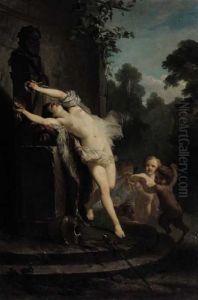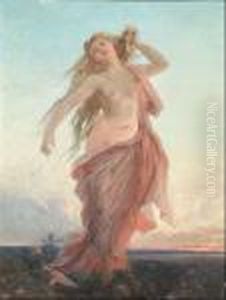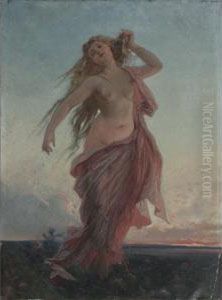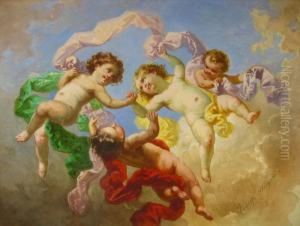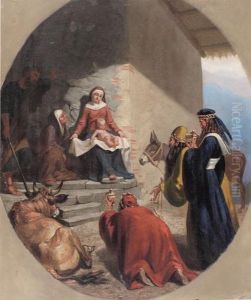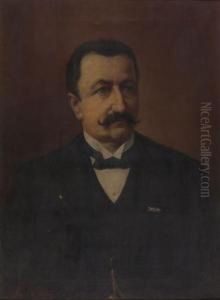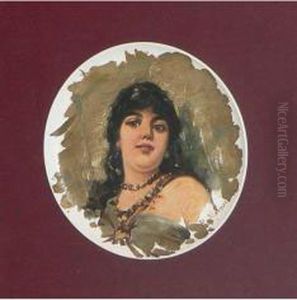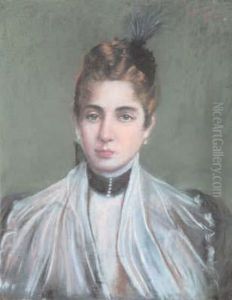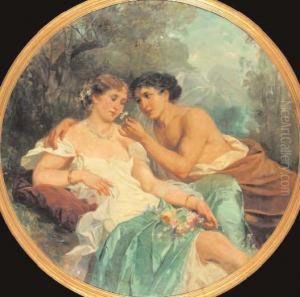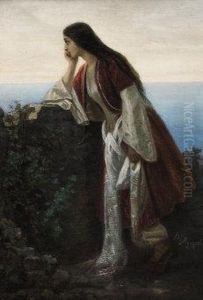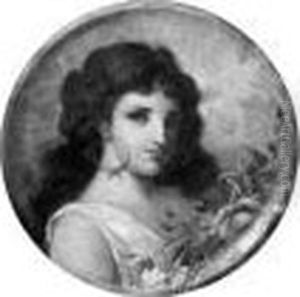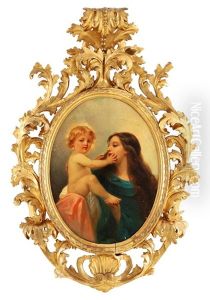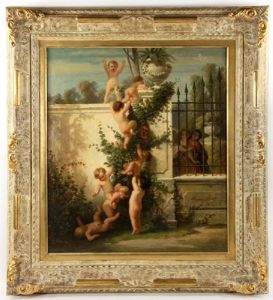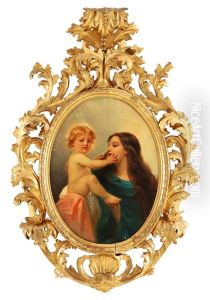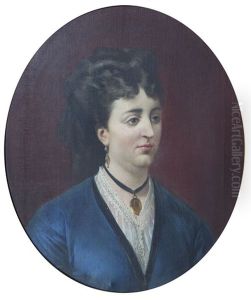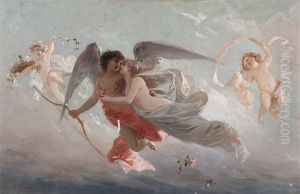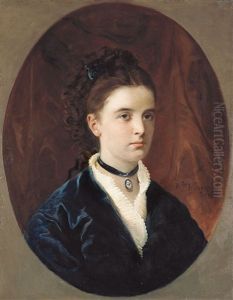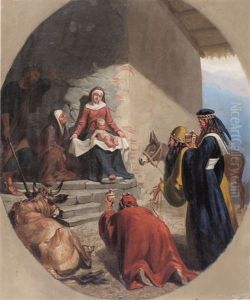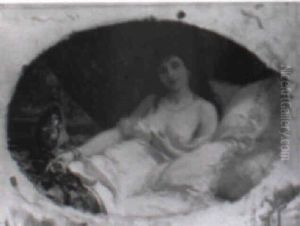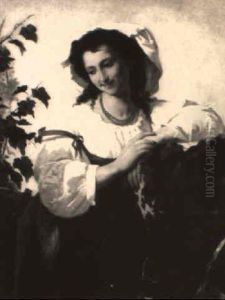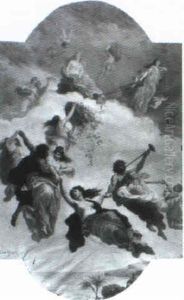Rodolfo Morgari Paintings
Rodolfo Morgari was an Italian painter, born in 1852 in Turin, Italy. He descended from a family with a rich artistic tradition, as his grandfather Luigi Morgari and his father Paolo Emilio Morgari were both respected artists in their own right. Rodolfo received his initial artistic training under the guidance of his father and later attended the Accademia Albertina in Turin, where he further honed his skills.
Morgari's work was predominantly in the genre of historical and religious painting, following the academic traditions of the time. He was well known for his frescoes, which can be found in various churches and public buildings in Italy. His style was characterized by a meticulous approach to detail and a dedication to realism, which was typical of the academic painters of the late 19th century.
Throughout his career, Rodolfo Morgari participated in numerous exhibitions and gained considerable recognition. He was also active as a teacher, imparting his knowledge and skills to the next generation of artists. His influence extended beyond his immediate circle as he contributed to the cultural life of Turin and Italy as a whole.
Morgari's works are often noted for their narrative quality, conveying stories from history and mythology with a vivid sense of drama and emotion. He was a contemporary of other Italian artists who were exploring new artistic movements at the turn of the century, yet he remained largely committed to the traditional techniques and subjects of his training.
Rodolfo Morgari continued to paint and teach throughout his life, remaining a prominent figure in the Italian art scene until his death in 1939. Today, his paintings are part of various Italian art collections and museums, and they continue to be studied for their craftsmanship and historical value.
